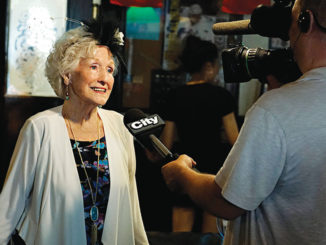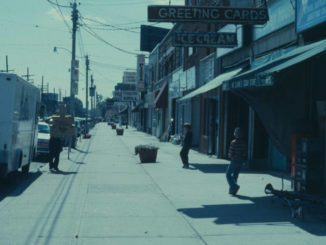
Tucked between Wicksteed and Vanderhoof, east of Brentcliffe, is a street with the unassuming name of Research Road, home today of companies like Uberdog Hotel. But it’s here that some very serious research indeed took place during World War II, and it’s this research that gave the street its rather literal name.

A Crown corporation called Research Enterprises Limited (REL for short), which existed for a brief six years, became the largest single employer in Leaside employing more than 7,500 people and occupying a sprawling site. Leading engineers, scientists and technicians were employed there to develop military equipment for radar trucks to support the war effort. REL produced over $220 million of precision optical equipment, such as their well-known binoculars. They manufactured top-quality equipment for radar trucks and other radar equipment from 1940 until closing in September, 1946. Just as impressive as the equipment is the fact that REL employed an equal number of men and women to help the war effort.
Because of a shortage of staff, REL employees worked 60-hour shifts daily until enough people could be hired and hours were reduced to 45-hour stints. After the war, these operations were taken over by the National Research Council, and in 1944 Turbo Research, a new Crown corporation devoted to the design and development of propulsion of gas turbine engines. On October 2, 1945, REL was sold to the Corning Glass Company for $150,000.

After the war ended, the original property was gradually sold for practical development and housing to a variety of companies, and in 1946, the remaining 13 buildings and 88 acres were bought by Rogers-Majestic (the original Rogers Communications), which had consolidated its operations.
Jeanne Hopkins spent most of her life in the historic Henry Farm community of North York. She realized her passion for local history in the Canadiana department of the North York Public Library, where she worked for 27 years. She is the author of many articles and five books of local history.




